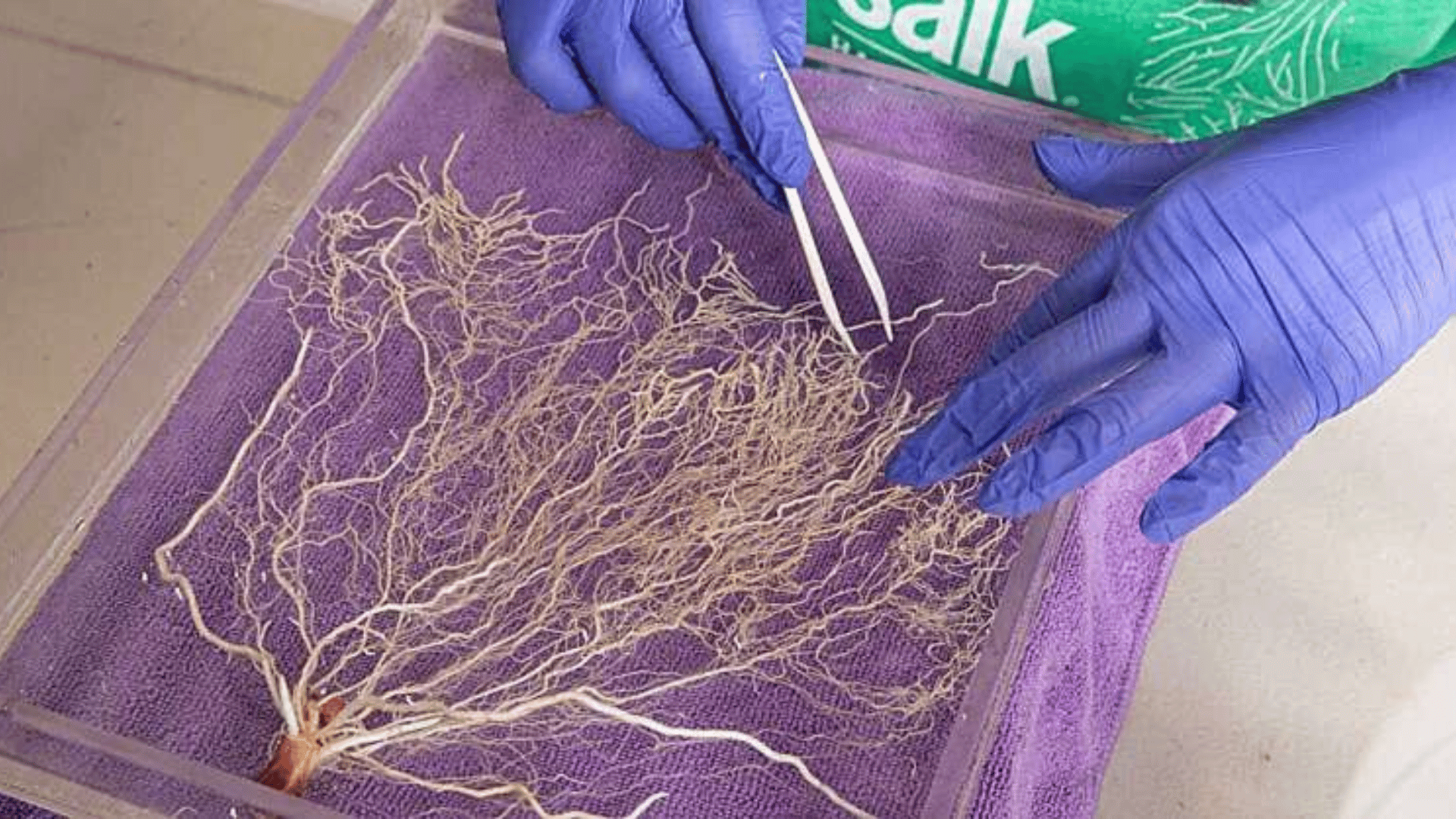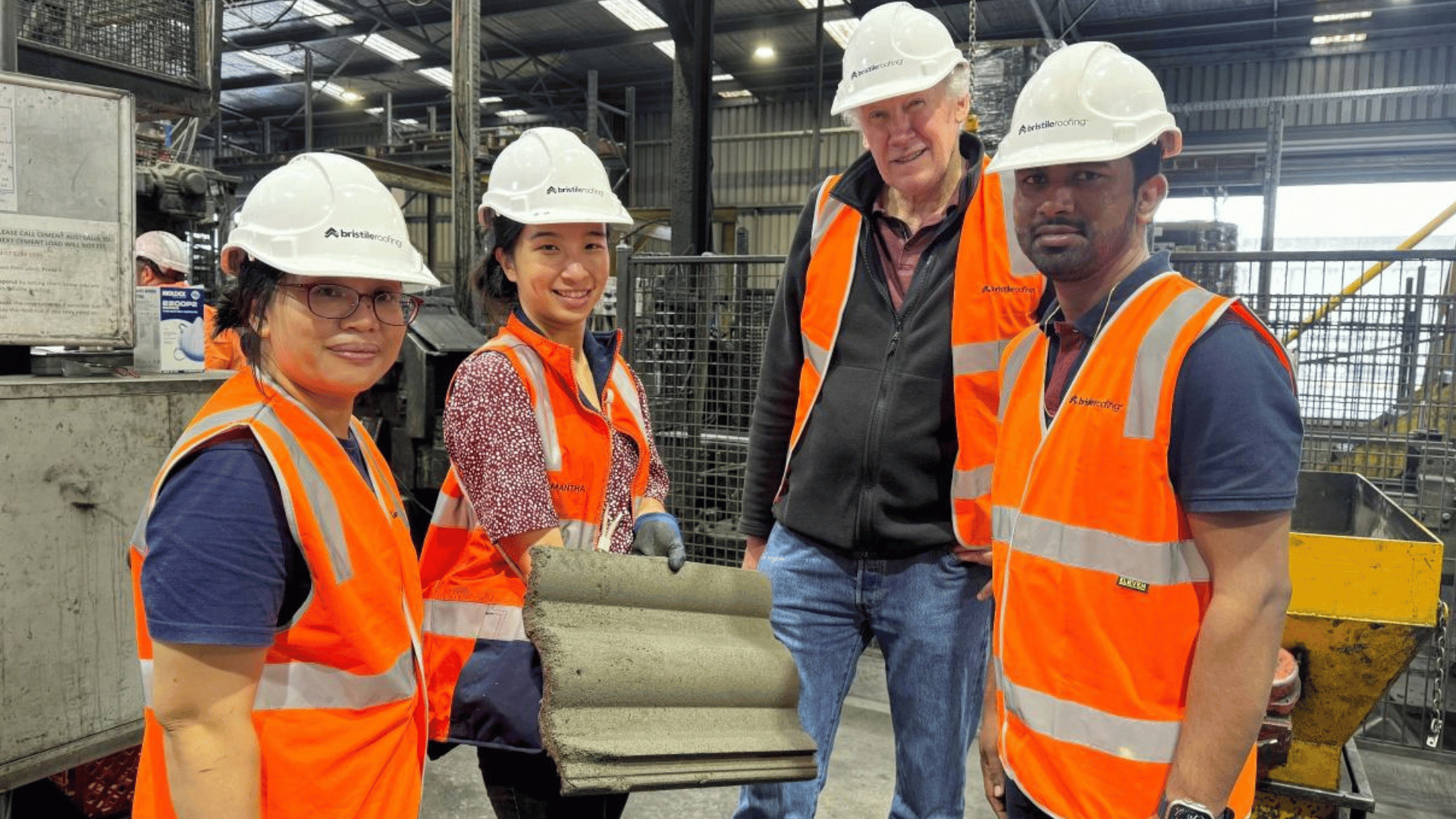UC San Diego researchers say genetically enhanced plants with enlarged roots could be a much-needed tool to remove carbon dioxide from the atmosphere.
In the new study, scientists at UC San Diego’s Scripps Institution of Oceanography and School of Global Policy and Strategy (GPS) compare genetically enhanced crops to other carbon dioxide removal (CDR) methods to explore what needs to be done to address the carbon crisis.
Removing Carbon Quickly

Scientists contributing to the Intergovernmental Panel on Climate Change say society must find a way to remove between 5 and 16 billion tons of greenhouse gas every year if it wants to counteract global emissions. This is in addition to slowing the amount of greenhouse gases added to the atmosphere daily.
Scientists found that the so-called carbon-enhanced crops remove 0.9–1.2 gigatons of carbon annually within the first 13 years of adoption. According to the researchers, that’s “about seven times larger than all CO2 offsets supplied today to the global market.”
Daniela Faggiani-Dias is a climate scientist at Scripps Oceanography and UC San Diego’s Deep Decarbonization Initiative. She is also the study’s lead author. She said, “There is a consensus in the scientific community that we will have to scale CDR substantially to reach net zero, on top of drastically reducing our greenhouse gas emissions.”
“Yet, research on how CDR can realistically scale, considering not only technical limits, but also scale-up speed and feasible pathways, is very thin,” she added. “And this is what is new about our study.”
Scalability
Researchers used historical examples to see how new CDR technologies performed and how long they took to become commonplace. They then compared these examples to crop modification. They note that crop modification has already progressed much faster than previous methods. The authors credit a well-established agriculture industry. These advantages put crop modification ahead of other strategies for carbon removal.
The researchers found that the carbon-enhanced crop innovation resembles genetic modification. However, genetic modification is controversial. Not every country allows this method, especially in food crops.
The scientists analyzed the history of genetic crop modification to see how long it would take for carbon-enhanced crops to break barriers and become widespread. They found that it took genetic modification an average of 11 years to go from early adoption to widespread use in countries that allow it. Because of resistance to genetic modification, it has only spread to about 13% of all the agricultural land in the world. Researchers believe carbon-enhanced crops have a similar ceiling.
However, if countries received carbon credits to adopt the practice, it could be significant to the process’s progression. Faggiani-Dias says, however, it wouldn’t be enough on its own. She says there must be more than one component to decarbonize the world.







